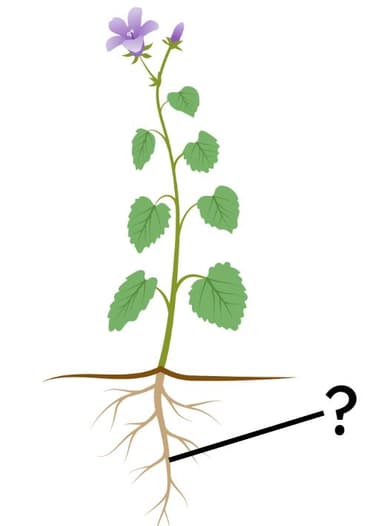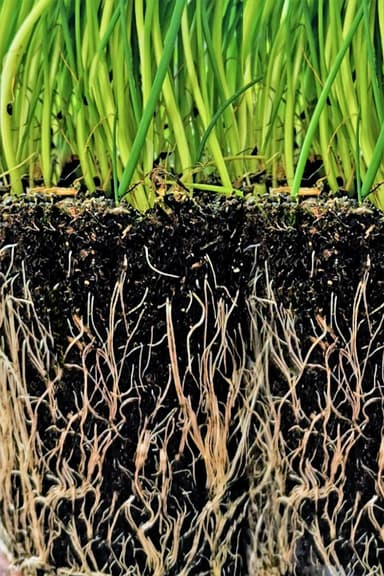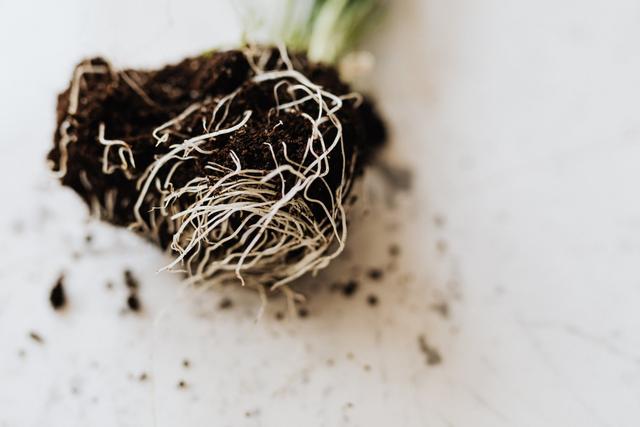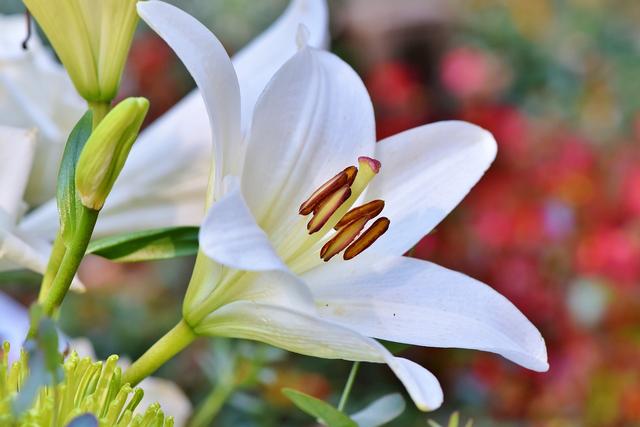Myths about teaching can hold you back
- Year 3
Plants without roots
I can observe and describe what happens to a plant that has had its roots removed.
- Year 3
Plants without roots
I can observe and describe what happens to a plant that has had its roots removed.
These resources were made for remote use during the pandemic, not classroom teaching.
Switch to our new teaching resources now - designed by teachers and leading subject experts, and tested in classrooms.
Lesson details
Key learning points
- Roots anchor the plant in soil and provide it with the support it needs.
- Roots absorb water and nutrients from soil to provide the plant with what it needs to grow and stay healthy.
- To investigate why plants have roots, a plant with roots removed can be observed over time.
Keywords
Root - The part of a plant that anchors it in the soil is called the root. Roots take in water and nutrients for the plant.
Anchor - Roots help to anchor the plant by placing it firmly in the soil.
Observe - To observe is to look very closely and use other senses too.
Absorb - To absorb is to soak something up.
Nutrients - A nutrient is any substance that plants or animals need in order to live or grow.
Common misconception
Pupils may think that plants can support themselves and stay upright without roots as the stem provides support.
The task carried out in Learning Cycle 1 will demonstrate to pupils that plants need roots anchoring them in the soil in order to stay upright.
To help you plan your year 3 science lesson on: Plants without roots, download all teaching resources for free and adapt to suit your pupils' needs...
To help you plan your year 3 science lesson on: Plants without roots, download all teaching resources for free and adapt to suit your pupils' needs.
The starter quiz will activate and check your pupils' prior knowledge, with versions available both with and without answers in PDF format.
We use learning cycles to break down learning into key concepts or ideas linked to the learning outcome. Each learning cycle features explanations with checks for understanding and practice tasks with feedback. All of this is found in our slide decks, ready for you to download and edit. The practice tasks are also available as printable worksheets and some lessons have additional materials with extra material you might need for teaching the lesson.
The assessment exit quiz will test your pupils' understanding of the key learning points.
Our video is a tool for planning, showing how other teachers might teach the lesson, offering helpful tips, modelled explanations and inspiration for your own delivery in the classroom. Plus, you can set it as homework or revision for pupils and keep their learning on track by sharing an online pupil version of this lesson.
Explore more key stage 2 science lessons from the What plants do and what they need unit, dive into the full primary science curriculum, or learn more about lesson planning.

Equipment
See additional materials.
Content guidance
- Risk assessment required - equipment
Supervision
Adult supervision required
Licence
Prior knowledge starter quiz
6 Questions
Q1.This part of the plant is called a .

Q2.The roots of a plant usually grow …
Q3.Which of these pictures does not show a plant’s roots.






